It’s the time of the year that is supposed to be very merry and bright. Still, for many of us, winter blues and holiday preparations add extra tasks to our never-ending to-do lists, resulting in compounding holiday stress that leaves us feeling more tense than jolly. Luckily, there are things you can do to salvage your energy and save your spirits this holiday season.
Beating The Winter Blues (Hello, Darkness My Old Friend)

When Simon & Garfunkel sang this lyric in their famous song The Sound of Silence, they weren’t referring to west coast winters marked by dark skies before your 5 o’clock drive home from work, but they could have been. Shorter daylight hours can put a damper on anyone’s mood and energy, leaving little left in the proverbial tank for holiday socials, decorating, baking, shopping and more. To help offset dark weather doldrums, some people find relief from investing in light therapy lamps that replicate daylight. The trick is to sit within 12 to 15 inches of your lamp for at least 20 to 30 minutes per day — ideally in the morning after rising. When shopping for the best light therapy lamp, look for one that:
- Radiates a brightness level of at least 10,000 lux of white light;
- Is 100% UV Free;
- Has a design that will make it easy to place where you’ll remember to use it each day (at least on days when you’re starved of natural sunlight).
Offsetting Barometric Pressure + Hibernation Mode

Does winter chill and rain make you wish you could just stay home? Obligatory social engagements and ugly sweater parties can add enough pressure and holiday stress when all you want to do is hibernate. In addition, barometric pressure changes and decreased physical activity can trigger headaches, joint pain and fluid retention. If you’re noticing more general achiness than usual, a light walk or warm Epsom salt bath can help. If your joint pain is isolated to one or two areas, you can also try these simple, at-home ways to help reduce winter aches and joint pain. If joint pain becomes persistent or interferes with your favourite activities, booking a consultation and treatment with a trusted physiotherapist can help relieve pain and encourage healing without delay.
Preventing and Treating Holiday Tension and Burnout

The holidays can be an incredibly stressful time, especially if you’re planning on doing some holiday hosting at your home. It can be hard to turn down social invitations and give engagements a miss, but sometimes, bowing out or saying no to that baking swap opportunity is the best gift you can give yourself to prevent burnout. It’s also a great time to practice delegating, which can be especially challenging for traditionalists and perfectionists. Finally, it helps to remember what the holidays are all about — being with the people you love and having fun. If turkey feasts with all the trimmings result in more work than pleasure, it may be time to tweak traditions by dining out or ordering pizza — who doesn’t love pizza?
Even if you’re brimming with the holiday spirit, the hustle and bustle of holiday preparations (and even happy stress) can create muscle tension and tightness that can interfere with relaxation and fun. In this case, booking a massage therapy treatment or two (or more) can be the perfect proactive measure to prevent and treat holiday muscle tension and tightness. Besides, a therapeutic massage can feel incredibly good — it’s the easiest thing to prioritize once you realize how great you feel afterwards.
Get Ahead of Holiday Stress and Tension
Give our team of practitioners a call at Diversified Health Clinic today at (250) 382-0018 or book an appointment online. If you need help deciding who to book your appointment with, ask us when you call. Our diversified approach and initial consultation process ensure you’ll be placed in the best care possible, with a practitioner and plan tailored to your specific situation and needs.



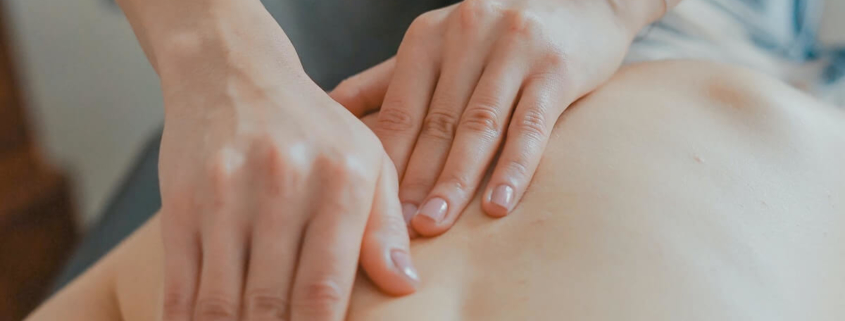


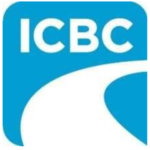
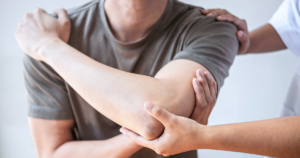 Our multi-disciplinary team will work with you, with the ability to collaborate across treatment modalities to ensure you are getting the best treatment results. Our Diversified Health Team can evaluate, diagnose, and treat a wide range of conditions and injuries including:
Our multi-disciplinary team will work with you, with the ability to collaborate across treatment modalities to ensure you are getting the best treatment results. Our Diversified Health Team can evaluate, diagnose, and treat a wide range of conditions and injuries including:
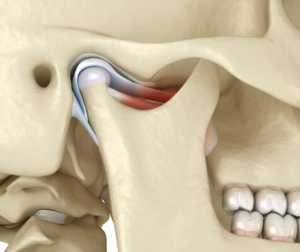
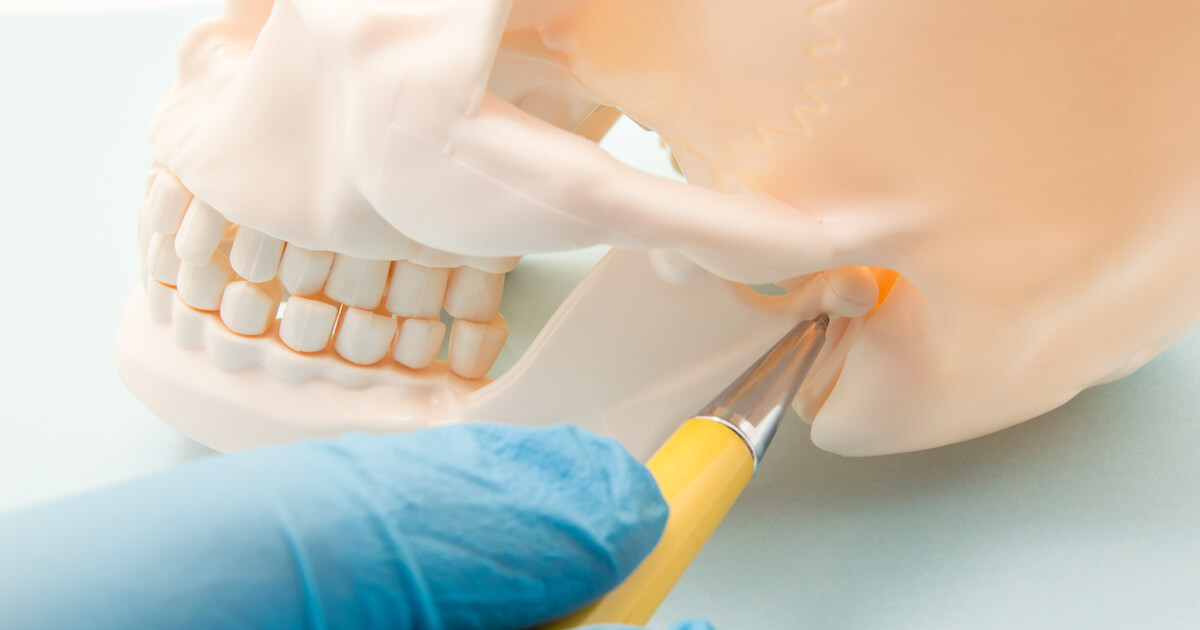






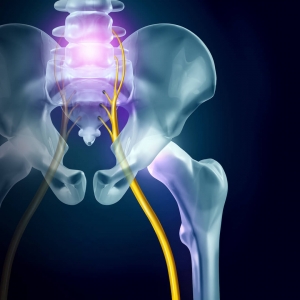 Sciatica is the term used to describe sciatic nerve pain. Nerve pain can occur anywhere in the body while sciatic nerve pain affects the lower back and lower, posterior extremities. This is because of how the sciatic nerve branches off your lower spine (just above your buttocks) before threading down through your glutes, hamstrings and calves. Sciatic nerve pain often occurs on one side of the body, or is markedly worse on one side of the body, and can arise from various physical triggers as outlined below.
Sciatica is the term used to describe sciatic nerve pain. Nerve pain can occur anywhere in the body while sciatic nerve pain affects the lower back and lower, posterior extremities. This is because of how the sciatic nerve branches off your lower spine (just above your buttocks) before threading down through your glutes, hamstrings and calves. Sciatic nerve pain often occurs on one side of the body, or is markedly worse on one side of the body, and can arise from various physical triggers as outlined below.